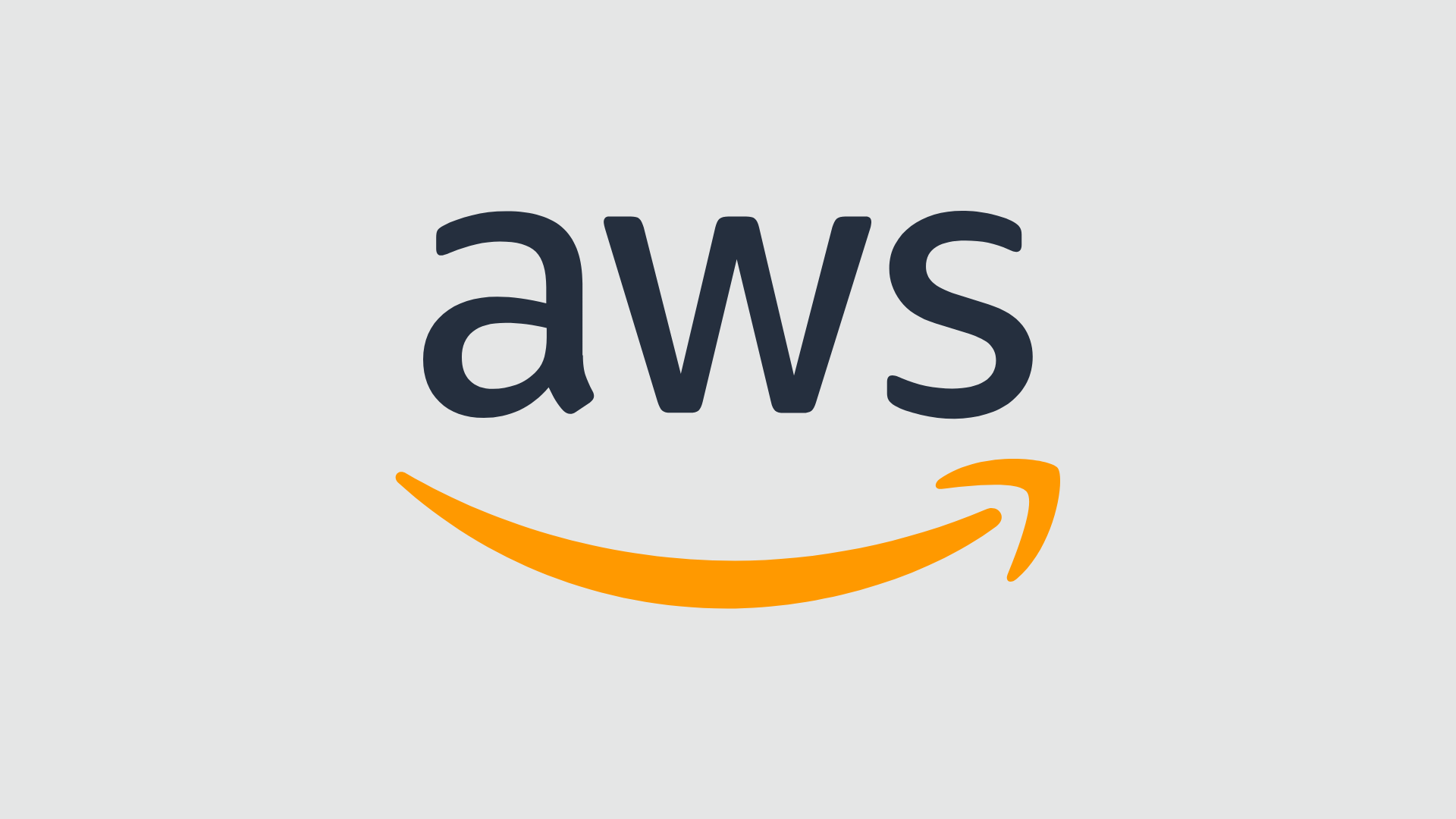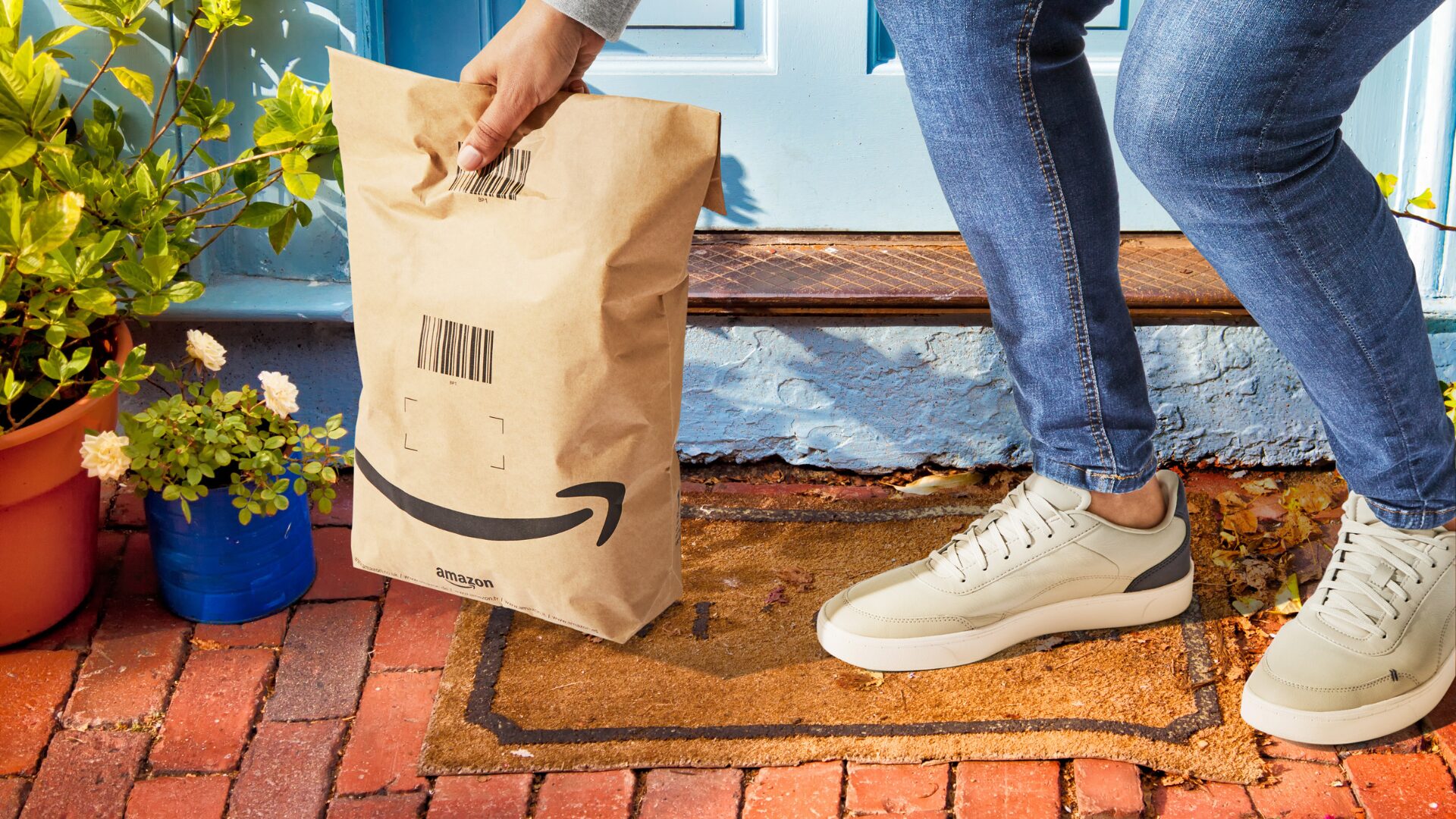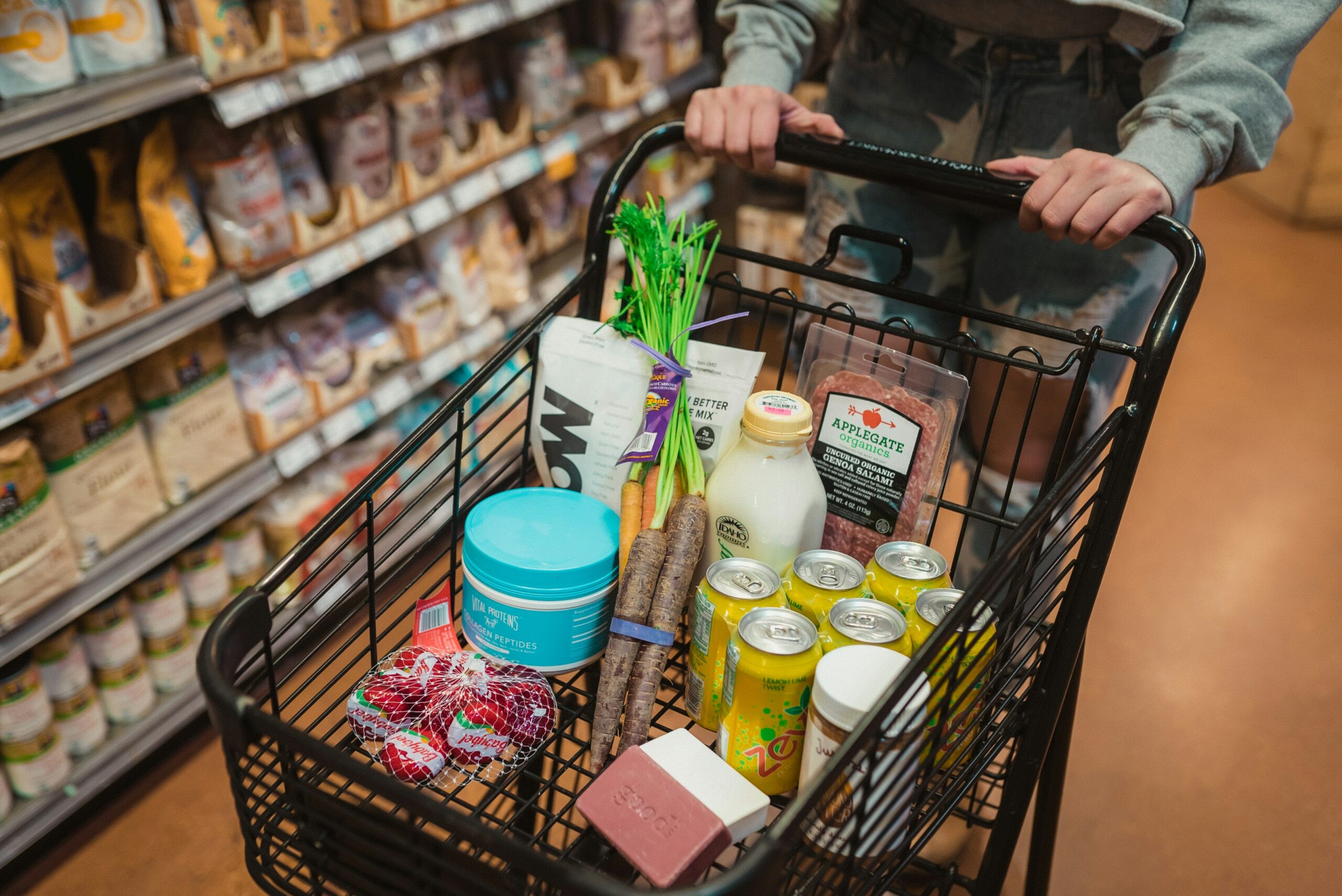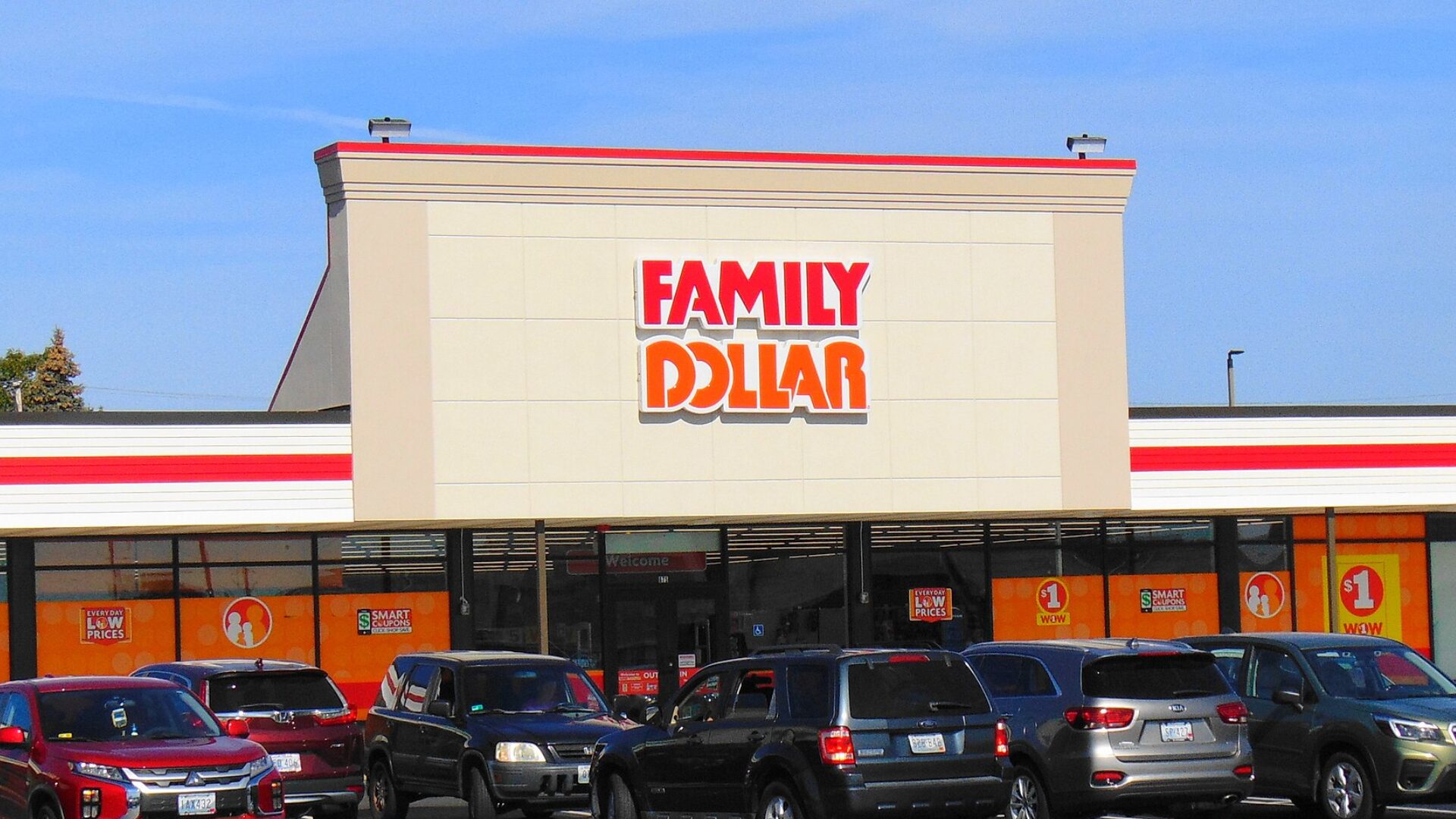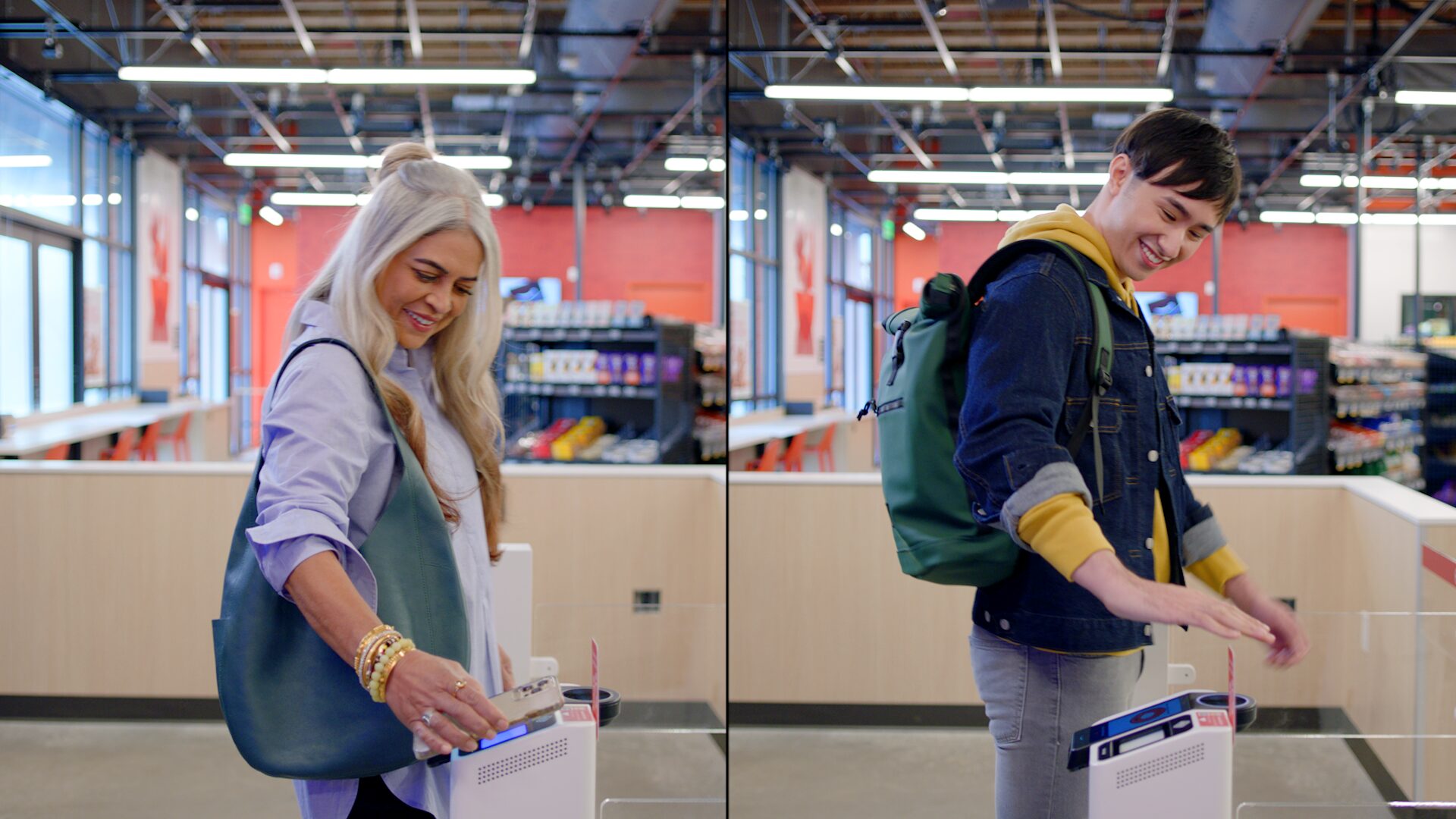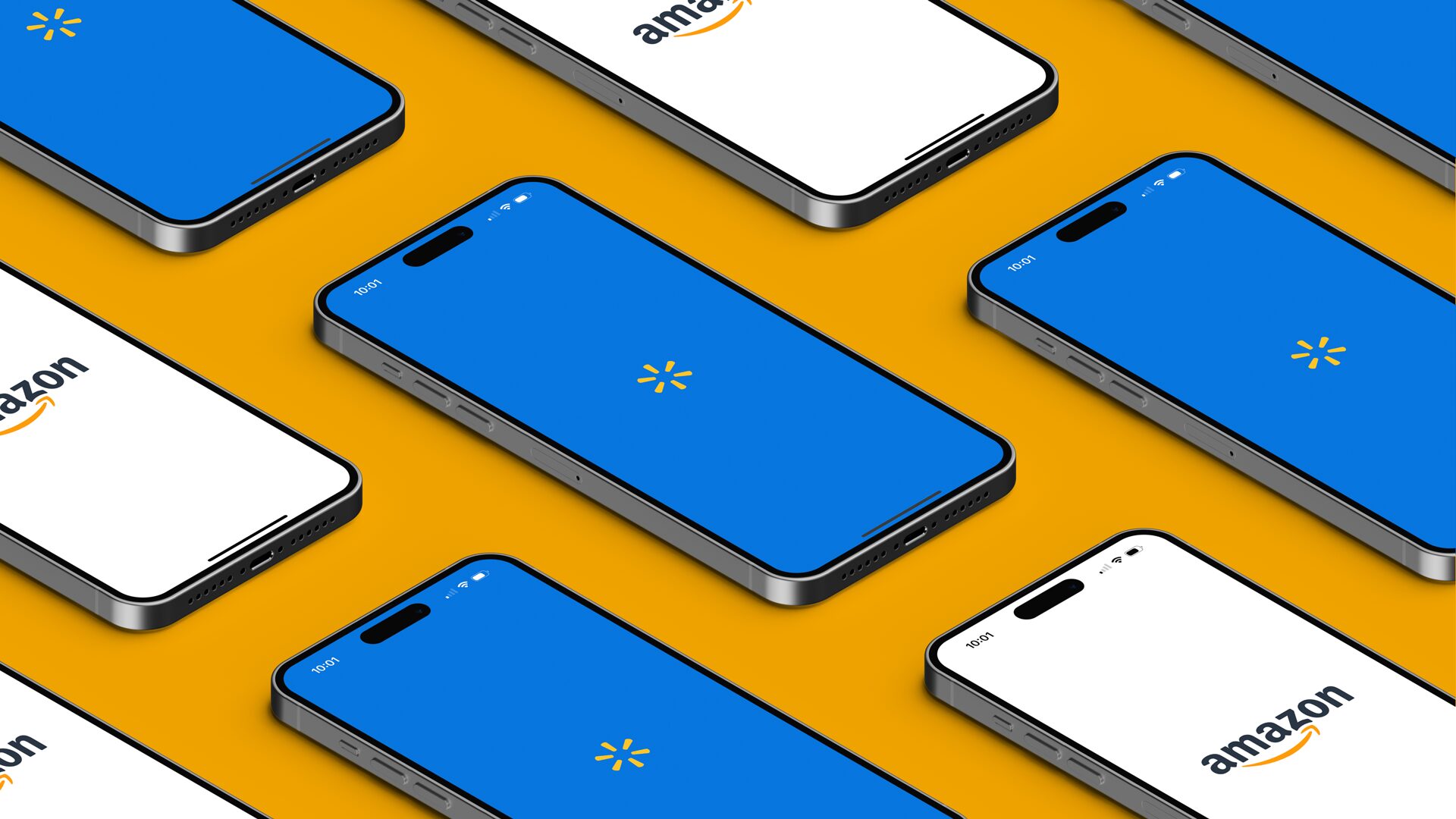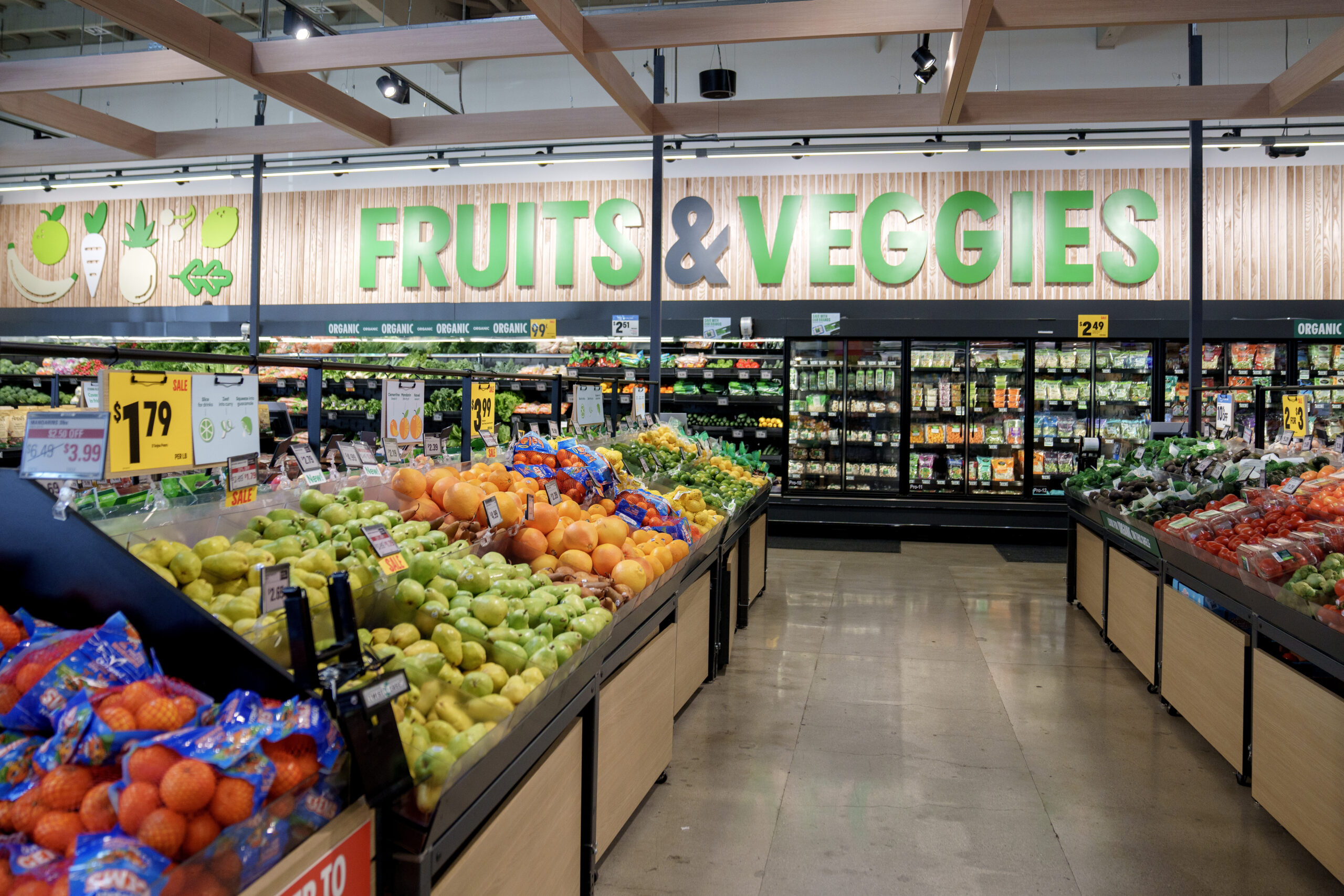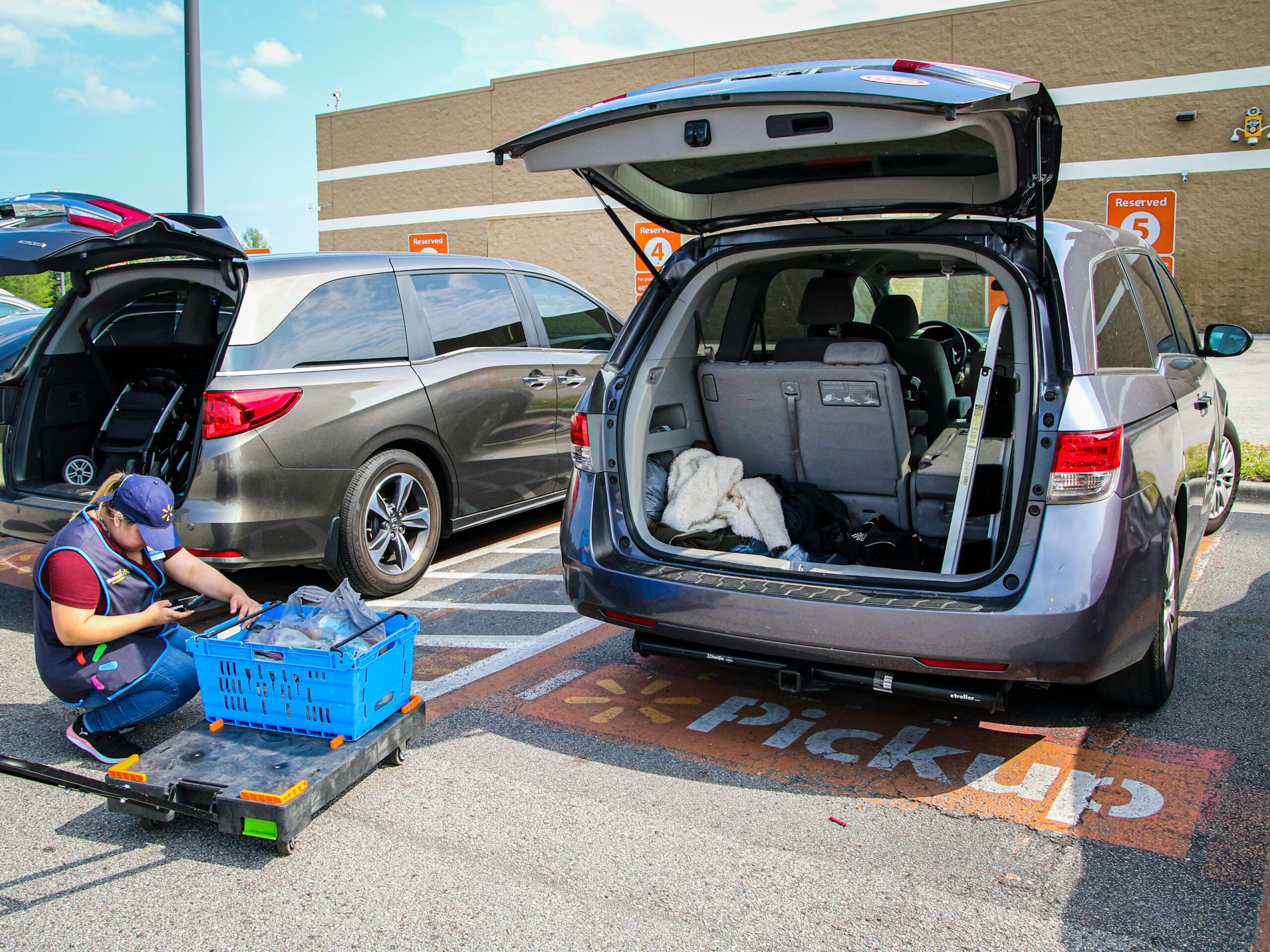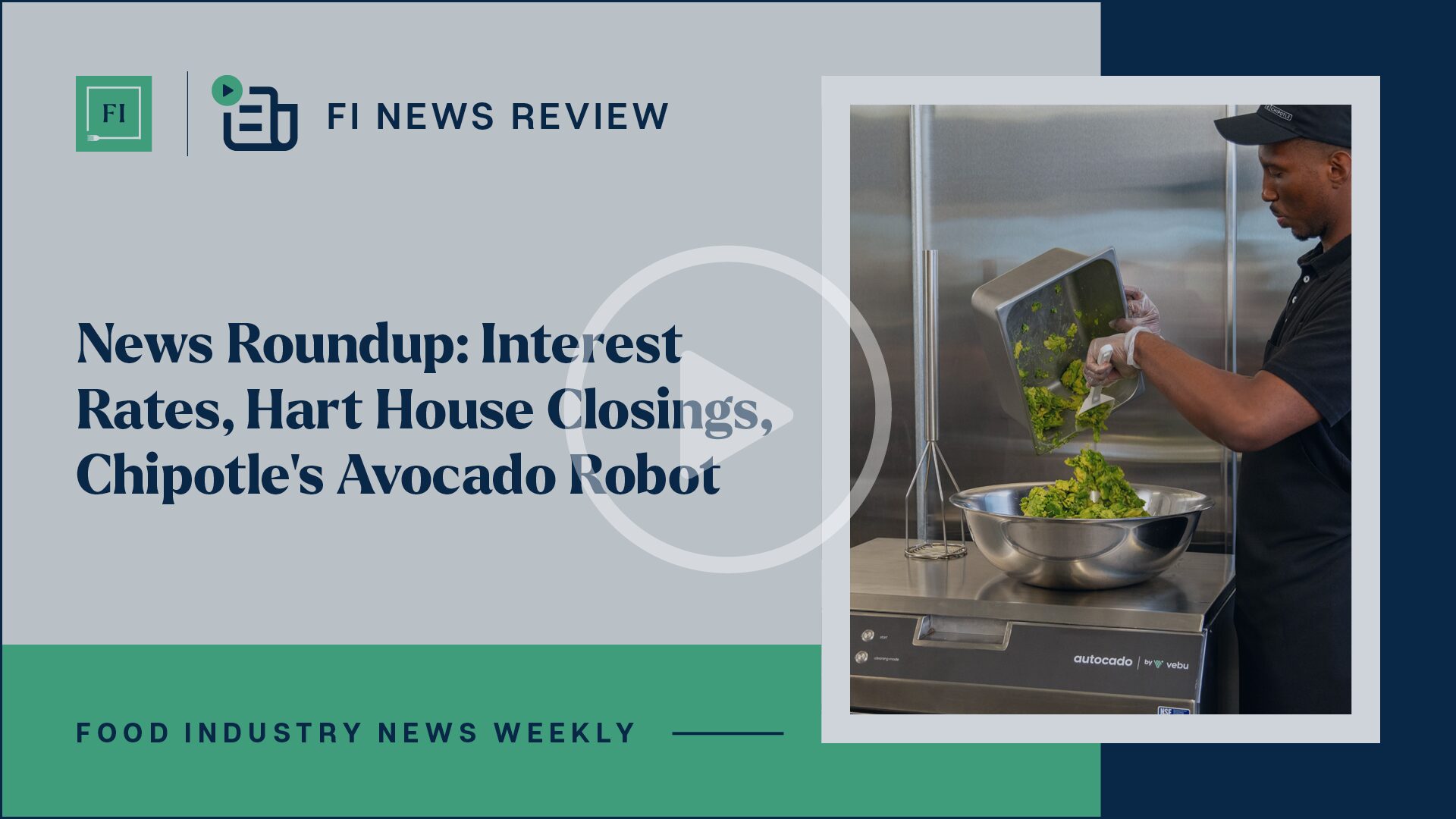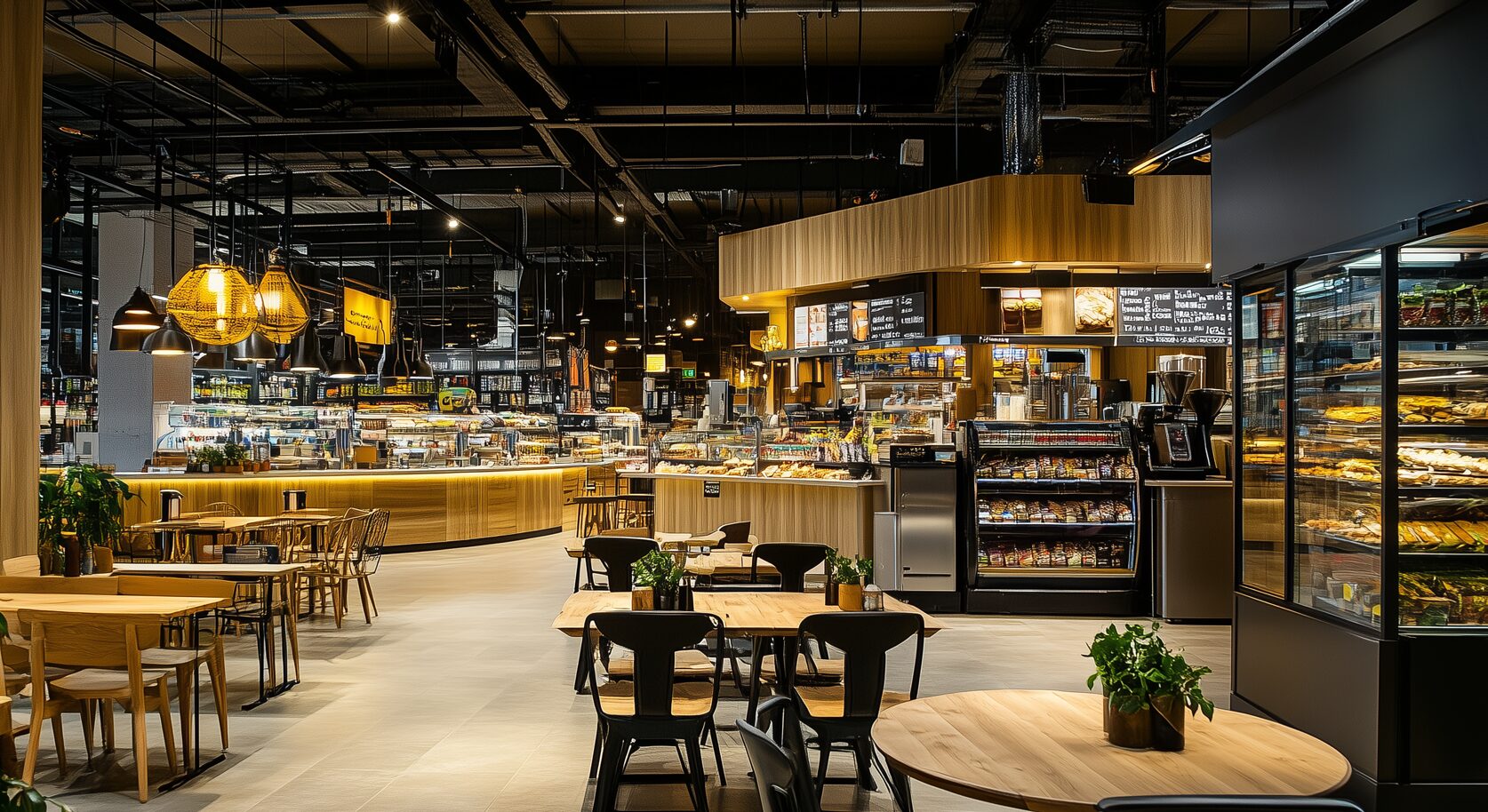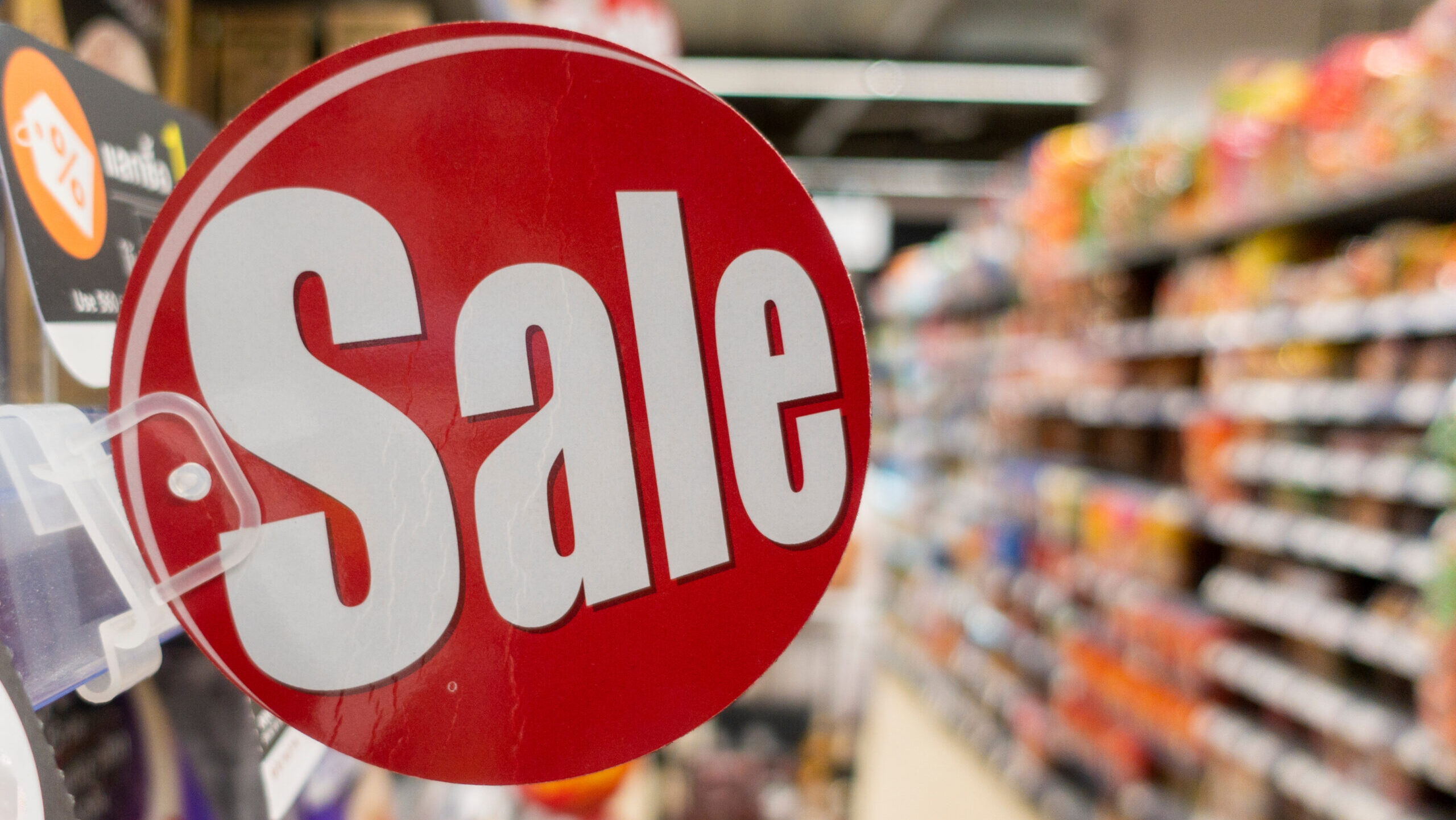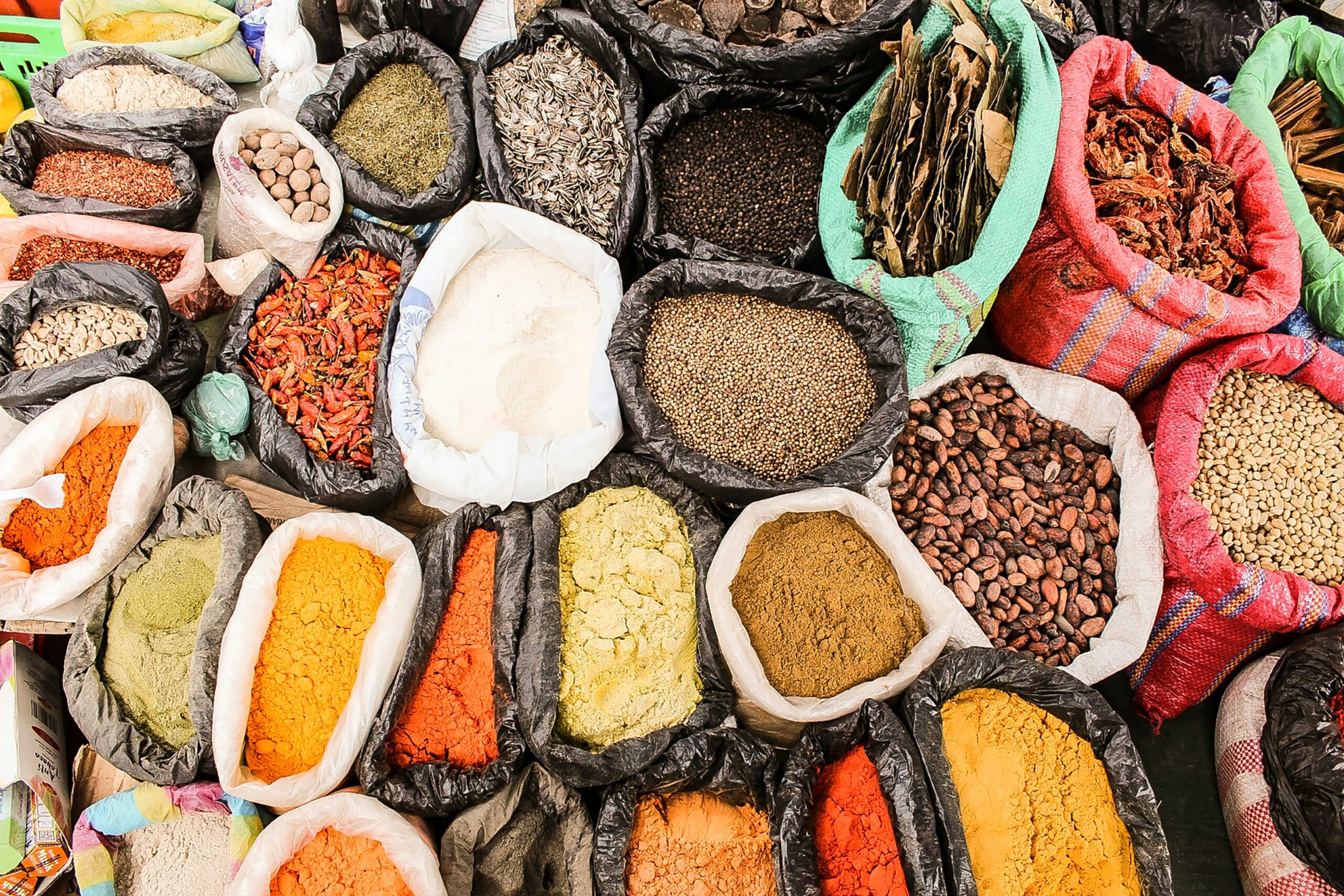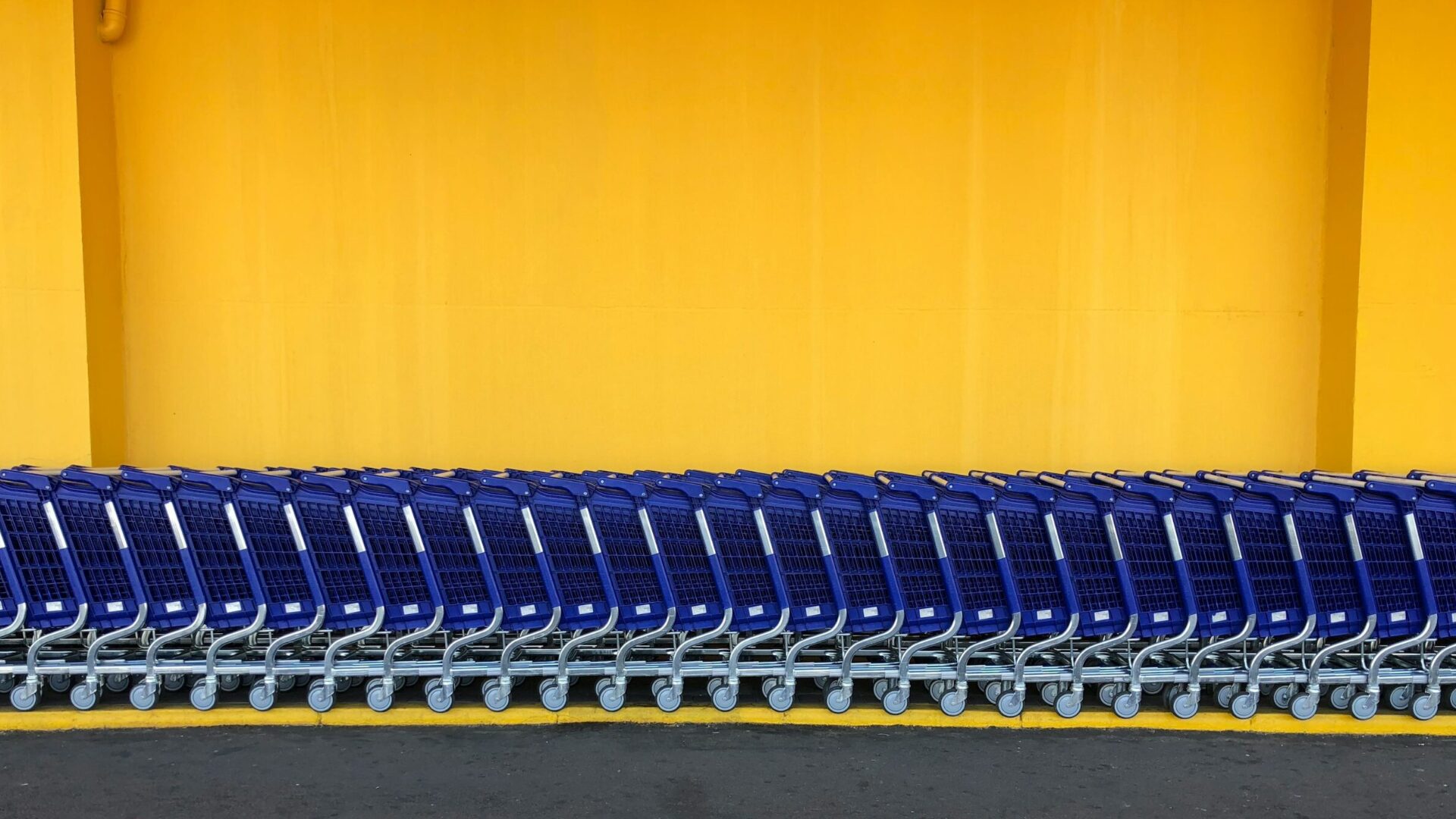
Investors Urge Food Companies to Diversify with Alt-Protein Sources
As investors managing $11.5 trillion push food giants like Danone, Walmart, and Amazon to diversify their protein portfolios, the message is clear: Sustainability and resilience depend on innovation. From mycelium to electro-fermented proteins, emerging alt-protein technologies are reshaping the future of food production, and investors are hoping to fund it.
The Business Case for Agentic AI Domination
Agentic AI is reshaping food tech, driving smarter service and explosive growth. But as automation deepens, legal battles and leadership shakeups hint at a turbulent future.
AWS Outages Continue, Affecting Web-Based Service
A major Amazon Web Services outage on Monday disrupted thousands of sites, including foodservice platforms, underscoring the industry’s digital dependence. Experts warn the cost could reach billions, as DNS errors rippled through operations and productivity worldwide.
3 Key Takeaways from Groceryshop 2025
At Groceryshop 2025, leaders tackled topics such as value-driven shoppers, evolving retail media, and AI’s seismic impact on grocery. From TikTok disruption to digital twins, the future of food retail is already knocking.
FI Fast Break audio news: Sept. 17, 2025
The latest FI Fast Break news podcast touches on Amazon’s next global Prime Big Deal Days, Oct. 7-8, which offer major retail discounts.
Amazon Grocery Bets on Fresh in $10 Billion E-Grocery Market Bid
Amazon’s $10B grocery blitz just got fresher, as Prime members in 1,000+ cities now get free Same-Day Delivery on perishables. With Whole Foods integration and bold logistics, Amazon’s rivals have cause for concern.
Amazon Prime Day Expansion May Dilute Sales
Amazon is doubling down on Prime Day, stretching it to four days in a bid to woo deal-hungry Gen Z and millennial shoppers. But with cart abandonment rising, will lessened urgency hurt results? Industry opinions vary.
Digital Food and Beverage Show Takeaways: Agility, Community, Gen Z
At the 2025 Digital Food and Beverage show, industry leaders tackled topics like agility, as well as Gen Z’s love for raw, creator-led content. The takeaway? Adapt fast – or risk becoming a relic in the digital age.
FI Fast Break audio news: June 11, 2025
The latest FI Fast Break news podcast touches on a recent study that suggests GLP-1 weight-loss drugs alter the “taste perception” of users.
Experts Say Amazon Humanoid Workers Just Hype – For Now
Amazon is reportedly developing humanoid robots to streamline delivery operations, testing them in a “humanoid park” obstacle course. Experts remain skeptical, citing previous automation failures and questioning whether the hype will ever translate into real-world efficiency.
Target Has Fallen Behind Retail Rivals – Again
Target has struggled to define a unique place in its market, watching rivals like Walmart and Costco capitalize on growth opportunities while its own stock and sales falter. Target’s leadership now faces a critical moment to convince investors that it can once again turn challenges into triumphs.
People’s Union USA Kicks Off 7-Day Economic Blackout of General Mills
Recently, People’s Union USA began calling on consumers to boycott products from various businesses in protest of alleged social, economic, and environmental offenses. Monday, participating consumers kicked off a seven-day economic blackout of General Mills.
Sticker Shock: 44% of Companies Plan to Pass Tariff Costs to Customers
A new survey by Zilliant reveals that nearly half of businesses plan to pass tariff-related costs onto consumers. As companies navigate tariff-related challenges, transparency with consumers will be critical to maintaining trust and avoiding backlash.
The Billion (Family) Dollar Question: What Happened to Dollar Stores?
After purchasing discount retailer Family Dollar for roughly $9 billion in 2015, Dollar Tree admitted defeat in a recent sale earlier this month that valued the banner at only $1 billion. Is this a signal …
Rise and Stall of Amazon Go Illustrates Limits of AI
In its quest to revolutionize retail, Amazon Go has faced significant hurdles, from customer confusion to technical difficulties. Amazon’s challenges in brick-and-mortar retail highlight the complexities of adopting cashierless technology.
FI Fast Break audio news: Feb. 5, 2025
The latest FI Fast Break news podcast notes food manufacturers’ big plans to tap into the gut health trend, Valentine’s Day trends, and more.
FI News Review (January 31, 2025): Top News in Food and Beverage Industry
FI Fast Break audio news: Jan. 2, 2025
The latest FI Fast Break news podcast touches on Starbucks’ revamped drink menu for 2025, featuring new beverages like a Cortado.
Black Friday 2024 Beneficiaries: Target, Apple, and Shopping Malls
Black Friday 2024 showcased omnichannel’s growing dominance, with online sales surging nearly 15%. Experts noted that while Black Friday has evolved into a season-long event, its role remains pivotal, sparking optimism for a strong holiday shopping season.
Behold, the Pharmacy of the Future
Brick-and-mortar pharmacies face increasing competition from online retail options, leaving their outlook murky. Industry experts feel pharmacies need to focus on being tech-driven – and fast.
FI Fast Break audio news: Nov. 13, 2024
The latest FI Fast Break news podcast touches on Tyson Foods’ optimism for 2025, and Amazon’s newest delivery innovation.
Column: Walmart, Amazon in High-Tech Food Fight
Amazon’s chief engineer used to have a dog named Rufus who ran up and down the halls fetching tennis balls. That doesn’t seem like a big deal for a multibillion-dollar business. But recently, Amazon brought …
Amazon’s Latest Pilot Could Be a Masterclass in Unified Shopping
Amazon recently debuted its latest brick-and-mortar format in Chicago: Amazon Grocery. Its strategy, however, may take business from Whole Foods or motivate shoppers to stay in its ecosystem.
The Future of Grocery Shopping is Omnichannel
Food and beverage stakeholders already know that to guarantee a sale, one must meet consumers where they are. Today, that’s online. Nearly 70% of consumers purchase groceries online in some capacity, according to recent data …
News Roundup (September 20, 2024): Interest Rates, Hart House Closings, Chipotle’s Avocado Robot
Imports Surging Ahead of East, Gulf Port Strike Threat
Retailers have ramped up their merchandise deliveries amid a threatened strike by U.S. dockworkers that could disrupt the imminent holiday shopping season. 45,000 dockworkers are poised to walk out at 36 ports along the East and Gulf coasts following the expiration of the longshoremen’s six-year master contract, which expires on October 1.
The Shifting Landscape of Grocery Retail: Four Key Trends
Retailers are navigating a complex landscape right now marked by regulatory scrutiny, rising shrinkage, and financially stretched consumers. These pressures are forcing retailers to adapt quickly, according to Supermarket Guru Phil Lempert.
FI Fast Break audio news: Aug. 1, 2024
The latest FI news podcast touches on the La Niña weather pattern that’s likely to form later this year and how it could impact ag.
Prime Numbers: Amazon and Competitors Heat Up Summer Sales
Amazon’s Prime Day sales, which began Tuesday, were expected to rake in $14 billion, up 10.5% from last year, Adobe Analytics projected. Such statistics have inspired competitors to join the July sales fray.
Private Label Drives Summer Growth
For many major retailers, the latest quarterly results tell a familiar tale: consumers are fed up with high prices, spending less, and commodifying their loyalty by taking the best deal right now, regardless of whose logo adorns their grocery bag or shopping cart.
The Evolution of Ecuadorian Cuisine
When the Spanish colonized a large swath of Central and South America, they introduced new forms of foods, like pigs and goats. At the time, the indigenous land was fertile with crops like beans, avocados, and papayas, but the Spanish felt deprived of nutrients that they were accustomed to. Thus, by the 17th century, the Spanish had imported countless herds of cows, pigs, sheep and goats to Ecuador.
Is the Future of Retail Bionic?
As more work is being published (and more health-focused products manufactured) to improve health and happiness, we may be entering an era in which the average human life can not only be improved, but extended. Are store managers ready for what that means?
Will Amazon’s Dash Carts Work?
The future of checkout technology, consumer perception and adoption, and operator success is a tricky set of balls to keep in the air all at once.
FI Fast Break audio news: April 3, 2024
The latest Food Institute Fast Break news podcast updates the Avian flu’s recent impact on American agriculture.
Chinese E-commerce Upstart Temu Gunning for Amazon
E-commerce company Temu is currently playing David to the Goliath of Amazon, but U.S. shoppers have taken notice of the inexpensive offerings.




